Enhancing Sales Funnel Potential: Tactics for Achieving Success
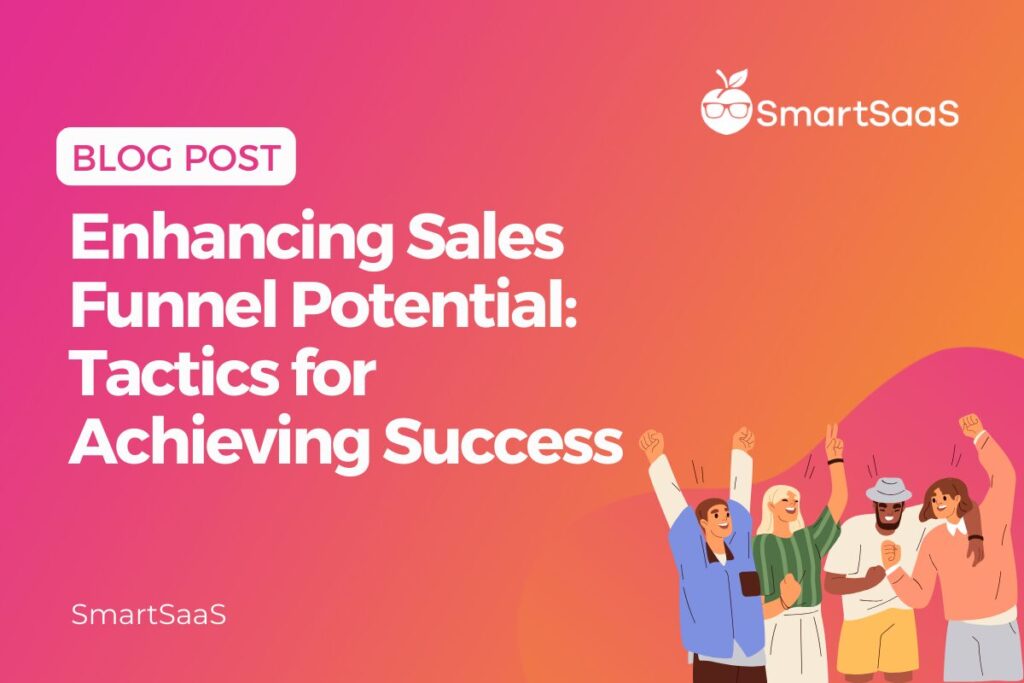
Do you struggle to keep leads engaged throughout your sales funnel, noticing potential clients slipping away before they complete the buyer’s journey? It might be time to evaluate your sales funnel and update your sales tactics.
What is a Sales Funnel?
A sales funnel is a visual representation of the customer journey, illustrating the path from initial awareness of your product or service to taking a specific action, such as making a purchase or becoming a loyal brand advocate.
The basic funnel, typically divided into four key stages, serves as a roadmap for understanding and optimizing customer interactions.
-
Awareness
The journey begins with ‘Awareness.’ At this stage, potential customers become aware of your brand’s existence and the solutions you offer. Strategies for success in this phase involve utilizing content marketing and engaging effectively on social media platforms to grab their attention.
-
Interest
Once prospects are aware, their ‘Interest’ is piqued. It’s the phase where you need to nurture their curiosity through compelling content, email marketing, and informative webinars. Your goal is to keep them engaged and interested in what your brand offers.
-
Desire
As prospects transition into the ‘Desire’ stage, their interest matures into a genuine desire for your product or service. Customer reviews, personalized offers, and testimonials play a pivotal role in building this desire, compelling them to consider your brand as the solution to their needs.
-
Action
The final destination in the sales funnel journey is ‘Action.’ This is where potential customers take the desired action, whether it’s making a purchase, signing up for a service, or subscribing to your newsletter.
Clear and compelling calls to action (CTAs) and streamlined checkout processes are instrumental in ensuring this stage’s success.
With these four stages serving as the basics of a sales funnel, each business has a unique sales funnel specific to their business model.
Top Strategies for Maximizing Sales Funnel Opportunities
Let’s delve into the top strategies for each stage of the sales funnel, from generating awareness to encouraging action.
Generating Awareness
1. Content Marketing
The first and crucial step is to create awareness. Your potential customers need to know you exist and understand the value you offer. Content marketing is a powerful tool in your arsenal. It involves crafting high-quality, informative, and engaging content that speaks directly to your target audience.
Through blog posts, articles, videos, infographics, and more, you can provide valuable insights, answer questions, and demonstrate your expertise. This not only establishes your authority in your industry but also attracts a curious audience eager to learn from you. Your content becomes a beacon, guiding them into the sales funnel, one informative piece at a time.
2. Social Media Engagement
Social media platforms are bustling marketplaces filled with potential customers. Engaging on social media is not just about posting regular updates but creating meaningful connections with your audience. It’s a place to humanize your brand, spark conversations, and share content that resonates with your target demographic.
Utilize the power of social media to initiate conversations, respond to inquiries, and build a community around your brand. By fostering a genuine connection with your audience, you can create a loyal following that’s not only aware of your brand but excited about what you offer.
Capturing Interest
1. Email Marketing
As potential customers transition from awareness to interest, maintaining a direct line of communication becomes paramount. Email marketing is a highly effective strategy at this stage. It lets you deliver personalized content directly to your audience’s inbox, nurturing their interest.
Crafting compelling email campaigns that address their specific needs and interests can keep your brand top of mind. Whether it’s sharing informative articles, product updates, or exclusive offers, email marketing builds a connection that goes beyond the superficial, ensuring that your audience remains engaged and eager to learn more.
2. Webinars and Workshops
Webinars and workshops offer a dynamic and interactive approach to capturing and maintaining interest. These live or pre-recorded sessions allow you to delve deeper into your offerings, addressing the ‘why’ and ‘how’ questions that your potential customers might have.
You create a sense of exclusivity and value by providing a platform for in-depth exploration and answering questions in real time. This not only nurtures interest but also establishes you as an expert in your field, which is essential for building trust and loyalty.
Nurturing Desire
1. Customer Reviews and Testimonials
Desire is a powerful force in the sales funnel. As potential customers begin to desire your product or service, you need to bolster this feeling with evidence of your value. Customer reviews and testimonials are invaluable in this regard.
Positive feedback and endorsements from satisfied customers act as social proof, assuaging doubts and reinforcing the desire to convert. Incorporate these endorsements strategically into your marketing materials, website, and product pages to create a compelling narrative that convinces potential customers of the value you offer.
2. Personalized Offers and Recommendations
Personalization is the key to nurturing desire effectively. By utilizing customer data and behavioral insights, you can craft personalized offers and recommendations that speak directly to the desires and needs of each potential customer.
These tailored recommendations make the decision-making process smoother and more enticing. It’s like having a personal shopper guiding each customer through the store, ensuring they find exactly what they’re looking for.
Encouraging Action
1. Clear and Compelling Call to Action
The final stage of the sales funnel is all about encouraging action. To drive conversions, you need a clear and compelling call to action (CTA). Whether it’s “Buy Now,” “Subscribe Today,” or “Get Started,” your CTA should be concise, visible, and highly persuasive.
Make sure your potential customers know what to do next. Your CTA should stand out, guiding them seamlessly towards the desired action, be it making a purchase, signing up, or getting in touch.
2. Simplified Checkout Processes
A complicated and lengthy checkout process can deter potential customers at the last moment. To encourage action, simplify the checkout process. Minimize the steps required to complete a purchase, offer guest checkout options, and ensure a seamless mobile experience.
By removing obstacles and making the final stage as smooth as possible, you increase the likelihood of conversion. A simplified checkout process ensures potential customers don’t abandon their carts out of frustration.
Incorporating these top strategies for each stage of the sales funnel will empower your business to maximize opportunities, increase conversion rates, and pave the way for remarkable success.
Data-Driven Decision Making
Analytics is the heartbeat of data-driven decision-making. It’s the tool that allows you to see beyond the surface and dive deep into the performance of your sales funnel. With analytics, you can track key metrics, understand customer behavior, and gain insights that guide your strategies.
You can uncover patterns and trends that inform your decision-making process by examining metrics such as:
- Website traffic,
- Conversion rates,
- Customer engagement
Analytics offers the empirical evidence you need to refine and tailor your approach to your audience’s preferences.
Identifying Bottlenecks and Drop-Off Points
Every sales funnel has its bottlenecks and drop-off points—those critical junctures where potential customers may lose interest or abandon the journey. Identifying these trouble spots is an essential part of the data-driven approach.
Suppose you run an e-commerce website. Customers visit your site, browse products, add items to their shopping carts, and ideally complete the purchase. However, this process is not always smooth sailing.
Your analytics tools reveal that a significant number of customers abandon their shopping carts during the checkout process. This abandonment is a bottleneck in your sales funnel. By examining the data, you identify that many customers drop off at the payment page because of a complex and time-consuming registration process.
Armed with this knowledge, you can make informed changes to streamline the customer journey, eliminate roadblocks, and increase the chances of conversion.
A/B Testing for Optimization
A/B testing, also known as split testing, is the scientific method of optimizing your sales funnel. It involves comparing two versions of a webpage, email, or marketing campaign to determine which one performs better. Using user data, you can systematically test different elements and refine your strategies. The elements are the following:
- Headlines,
- Images,
- Calls to action
A/B testing allows you to fine-tune your sales funnel by adopting the strategies that deliver the best results. It’s a powerful tool for optimizing your content, making your message more compelling, and ultimately driving higher conversion rates.
Personalization and Customer Segmentation
Customers today expect more than generic marketing messages. They crave a personalized experience that makes them feel understood and valued. Personalization goes beyond using a customer’s first name in an email; it’s about understanding their needs, behaviors, and preferences.
A tailored sales experience builds trust and loyalty. It demonstrates that you are genuinely interested in addressing their specific pain points and providing the best solution. By personalizing your interactions, you increase the chances of turning potential customers into loyal advocates.
Leveraging Customer Data for Personalization
The foundation of effective personalization lies in customer data. You can create detailed customer profiles by collecting and analyzing data from various touchpoints, such as website interactions, purchase history, and demographic information. These profiles enable you to segment your audience into distinct groups based on shared characteristics.
Segmentation allows you to send relevant content and offers to each group, ensuring your messaging resonates with their unique needs. It’s about delivering the right message to the right person at the right time, significantly enhancing your chances of conversion.
Examples of Successful Personalization Strategies
Companies that have harnessed the power of personalized recommendations, dynamic content, and tailored product suggestions have witnessed significant increases in customer engagement and sales.
- Netflix: They use extensive personalization algorithms to recommend movies and TV shows to its users. Their system analyzes your viewing history and preferences to offer tailored content suggestions, making it more likely for you to find something you’ll enjoy.
- Amazon: This company personalizes the shopping experience by showing product recommendations based on past purchases and browsing history. They also use personalization in their email marketing to suggest products and deals.
- Spotify: Spotify curates personalized playlists, such as the “Discover Weekly” and “Release Radar,” based on users’ music preferences and listening habits. This keeps users engaged and encourages them to discover new music.
Building Trust and Credibility
Building trust and credibility is the mortar that holds the foundation of your sales funnel together. This section will explore the importance of trust in the sales funnel, the art of building credibility through transparency, and the crucial role of exceptional customer service and post-sale support.
The Importance of Trust in the Sales Funnel
Trust is the currency of the modern sales funnel. Without trust, potential customers are unlikely to move forward, and your sales funnel will spring leaks at every turn. Establishing trust involves delivering on promises, showcasing reliability, and demonstrating authenticity.
When trust is present, it smoothens the path to conversion. Customers feel confident they make the right choice by doing business with you. They believe in your brand, offerings, and commitment to their satisfaction.
Building Credibility through Transparency
Transparency is the linchpin of credibility. It involves openly sharing information, being honest about your products or services, and setting realistic expectations. Consumers appreciate transparency more than ever in a world where information flows freely.
By being transparent in your marketing and sales efforts, you build credibility. This transparency involves providing clear product information, openly addressing customer concerns, and sharing positive and negative feedback. Credibility through transparency tells your customers you have nothing to hide and everything to offer.
Customer Service and Post-Sale Support
The journey doesn’t end when a customer makes a purchase. Exceptional customer service and post-sale support are integral to building trust and retaining customers. It’s about demonstrating your commitment to their satisfaction, even after they’ve converted.
Effective post-sale support involves addressing questions, resolving issues, and ensuring customers feel valued. It’s also an opportunity to gather feedback, which can be invaluable for refining your products or services and enhancing the overall customer experience.
Customer service excellence builds long-term relationships. When customers know they can rely on you for assistance and their concerns will be handled with care, they are more likely to become repeat customers and brand advocates.
Tools and Technology for Sales Funnel Optimization
CRM Systems
Customer Relationship Management (CRM) systems are the backbone of managing customer interactions and data. These tools help you keep track of leads, prospects, and customers, providing a centralized hub for valuable information. With a CRM system, you can personalize your interactions, track the customer journey, and streamline communication.
Here are some top CRM systems in the market you can use for your sales funnel:
- Salesforce: One of the most popular CRM systems globally. It offers a wide range of features for sales, including contact and lead management, opportunity management, sales analytics, and customizable dashboards.
- HubSpot CRM: This provides a free and user-friendly solution for small to medium-sized businesses. It includes features for contact management, email tracking, and integrates with HubSpot’s sales and marketing tools.
- Microsoft Dynamics 365: Microsoft’s CRM solution offers a robust set of sales features, including lead and opportunity management, sales analytics, and seamless integration with Microsoft Office and Outlook.
- Zoho CRM: This CRM is known for its affordability and flexibility. It provides features like lead and contact management, sales forecasting, and email integration. Zoho also offers a range of other business applications.
- Pipedrive: This is designed specifically for sales teams. It offers visual sales pipelines, contact and deal management, email integration, and automation features to streamline sales processes.
CRM systems offer insights that guide your strategies, helping you understand customer needs and preferences. They are instrumental in nurturing leads and maintaining relationships, ensuring your sales funnel operates smoothly and efficiently.
Analytics and Tracking Tools
To make informed decisions, you need data at your fingertips. Analytics and tracking tools provide insights into customer behavior, website performance, and the effectiveness of your marketing efforts. These tools allow you to track metrics, such as conversion rates, bounce rates, and click-through rates, helping you identify areas for improvement.
Some analytical tools you may consider using right now:
- QlikView and Qlik Sense: Qlik’s data analytics and visualization tools help businesses explore sales data, discover patterns, and create interactive dashboards to drive better decision-making.
- Domo: A cloud-based business intelligence platform that offers real-time insights into sales data. It provides customizable dashboards and reporting tools to monitor sales performance.
- Looker: A data exploration and analytics platform that allows businesses to create and share reports, dashboards, and data-driven insights for sales and marketing analysis.
You can make data-driven decisions that optimize your sales funnel by harnessing the power of analytics and tracking tools. These tools provide a clear view of what’s working and what needs adjustment, ensuring that your strategies remain dynamic and effective.
To Wrap Things Up
Improving your sales funnel is one of the smartest moves you can make for your business. It’s not just a process—it’s a customer-focused journey that, when done right, can take your business to the next level. The key is understanding your audience, guiding them through each stage, and creating a seamless experience that keeps them engaged.
By using the right strategies, tools, and technology, your sales funnel will become a powerful system that attracts potential customers and smoothly leads them toward a purchase. But success isn’t just about tactics—it’s about building trust, being transparent, and delivering exceptional service. These are the values that set you apart in a competitive market.

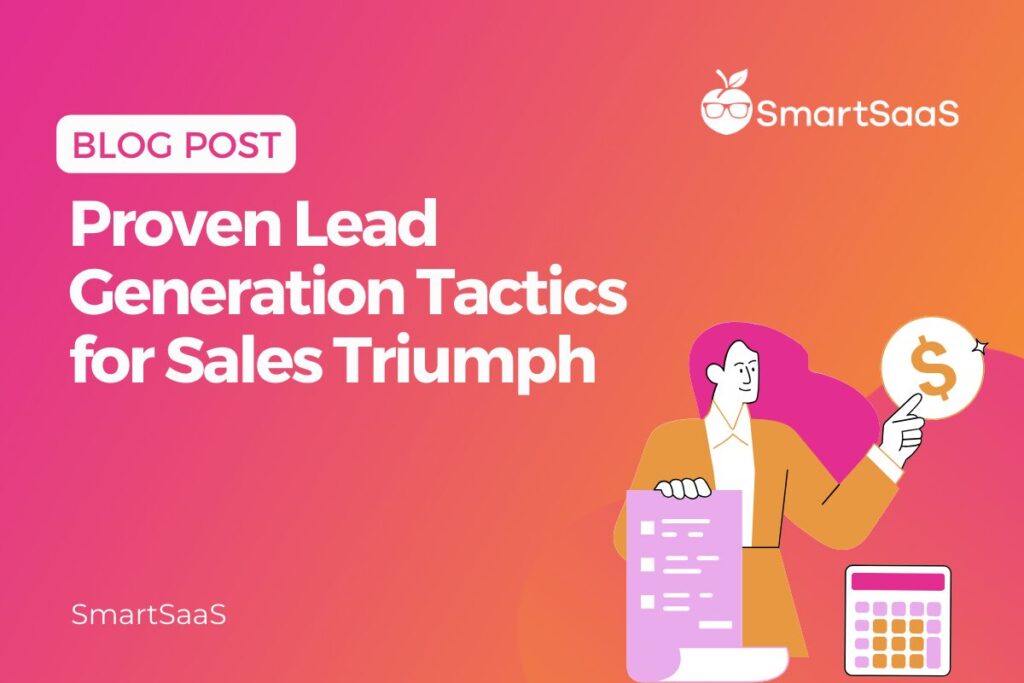
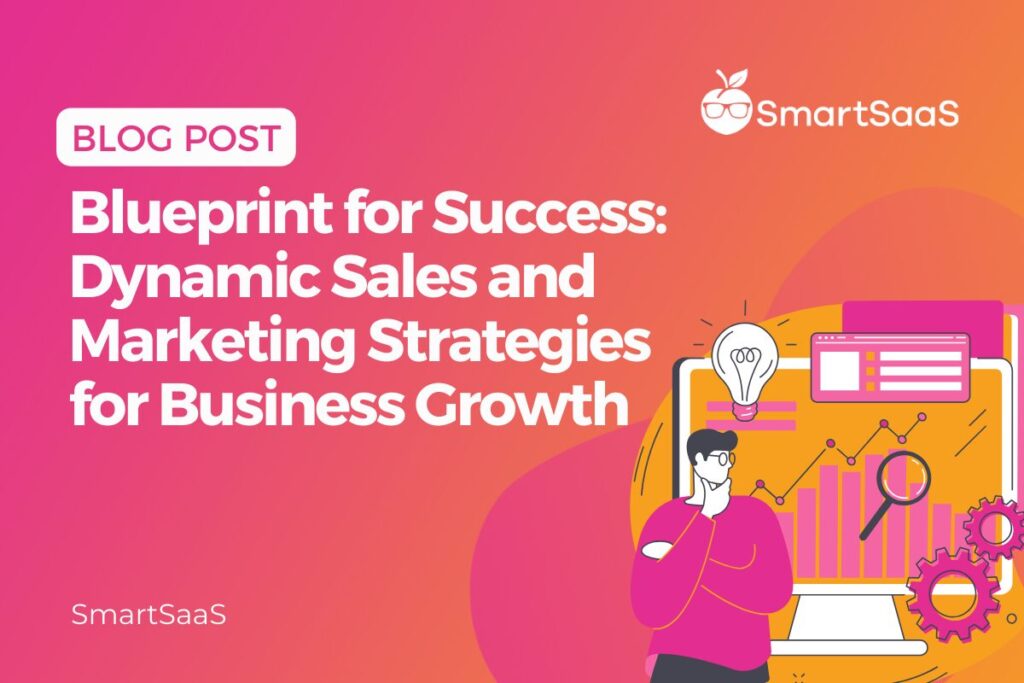
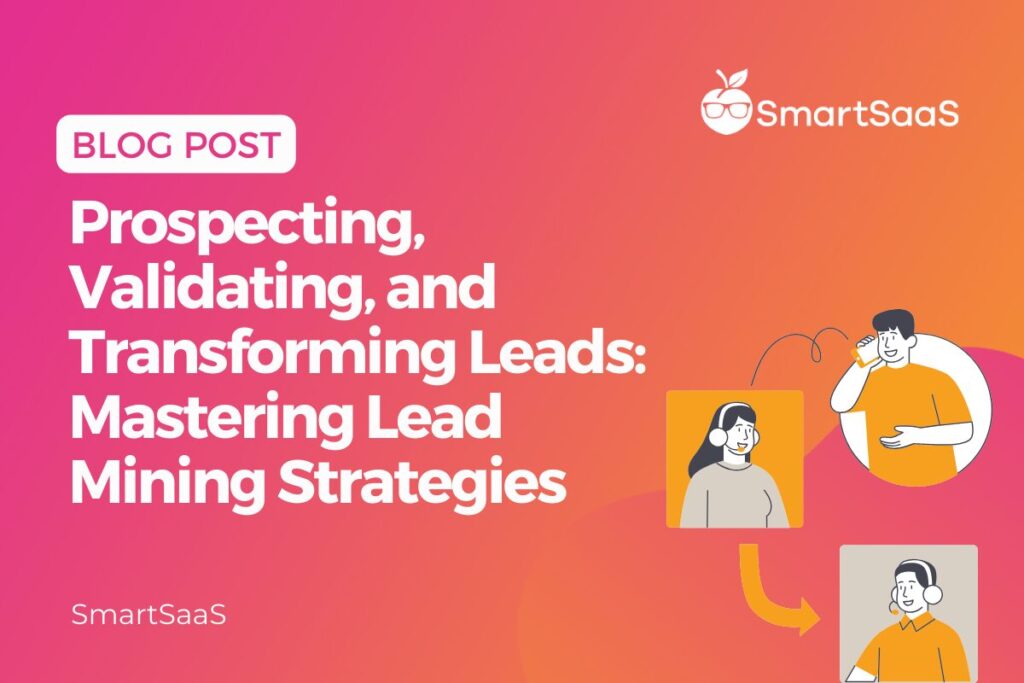
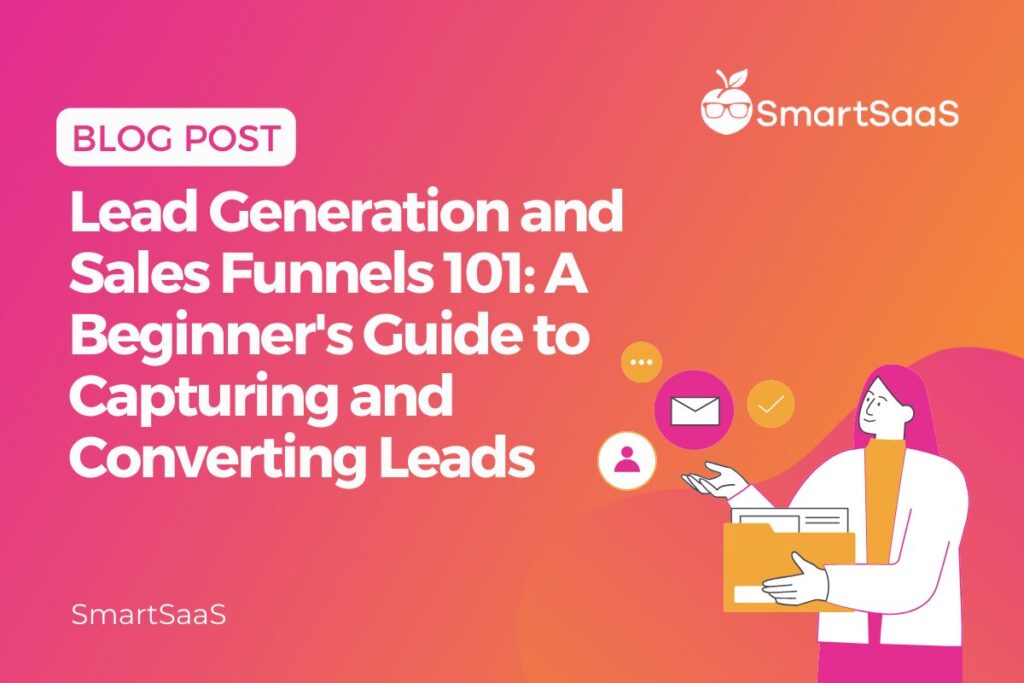
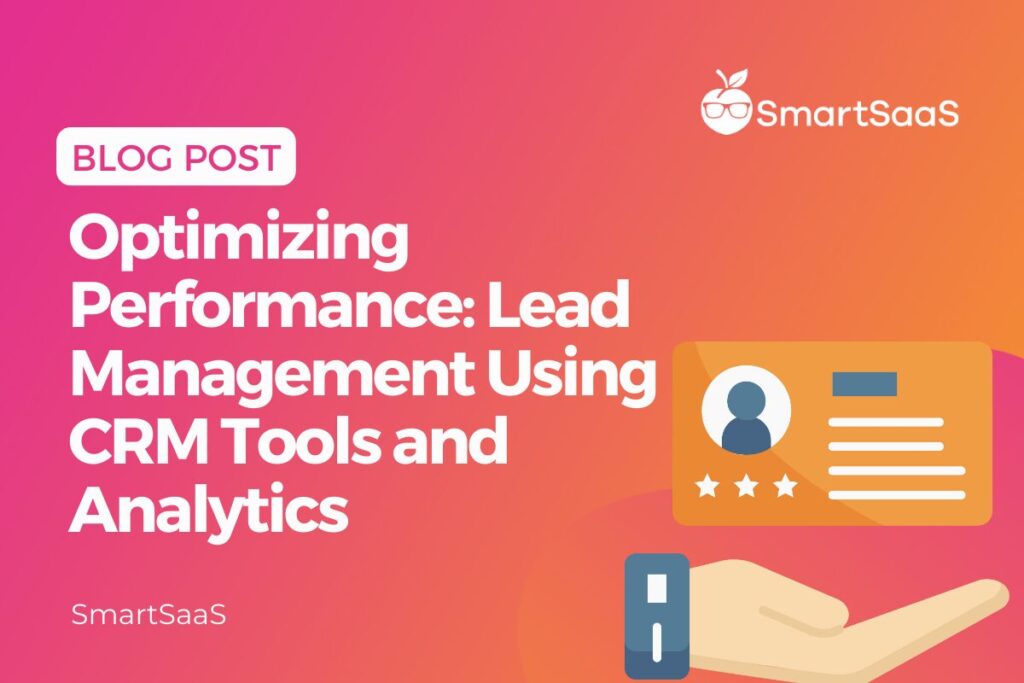
Responses